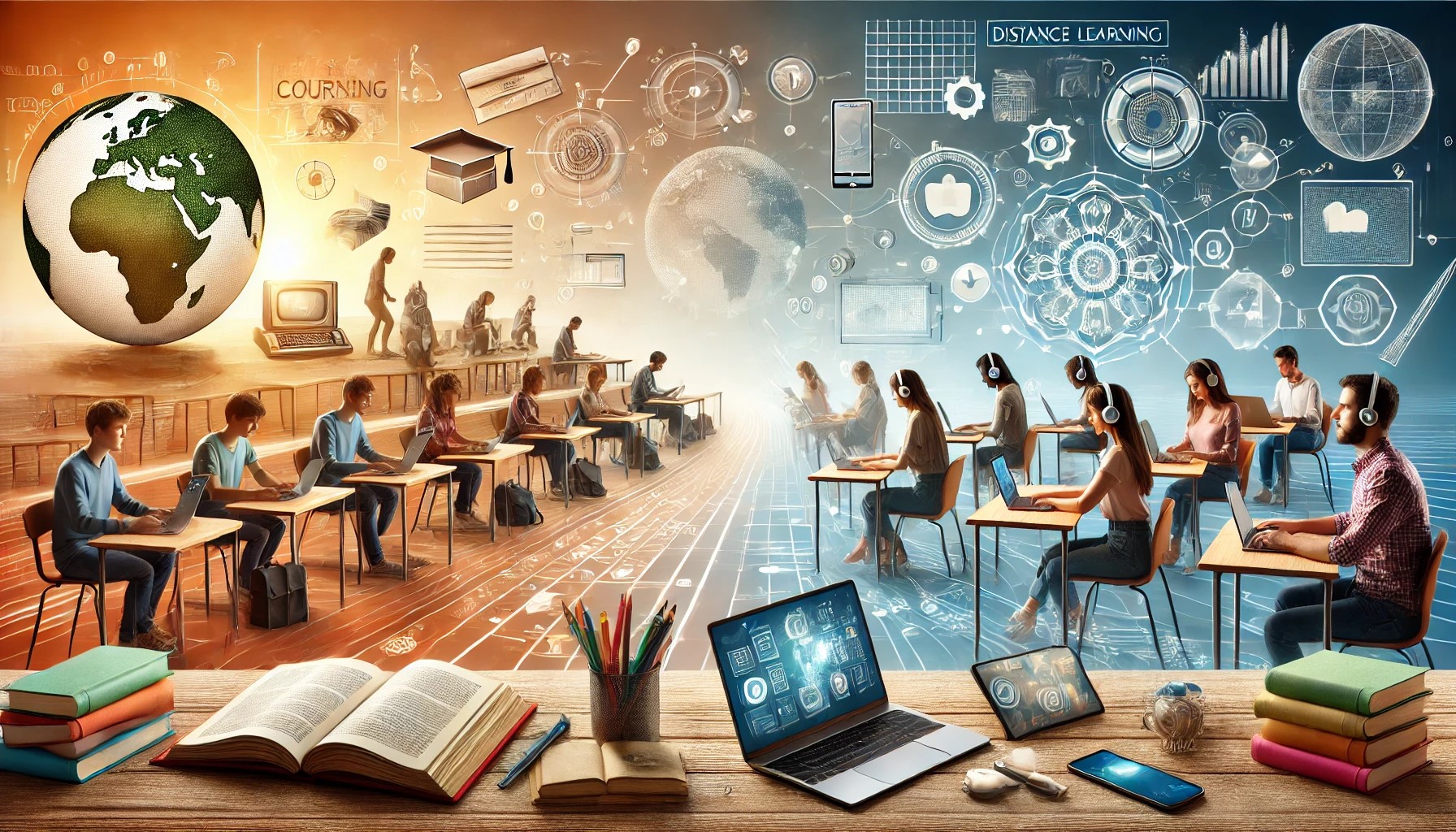The Evolution and Future of Distance Learning

Over time, distance learning has seen a significant transformation, moving from conventional letter courses to sophisticated online learning environments. At first, students used a slow but revolutionary approach: mail-in courses and textbooks delivered by the postal service. Although there was little connection and delayed feedback, this arrangement made it possible for people to pursue education remotely. These early remote learning models served as a precursor to modern digital platforms in many respects.
As the internet grew in popularity in the 1990s, online education became more popular and included more interactive features like discussion boards and emails. A more linked learning environment was produced by this new digital strategy, facilitating faster answers and teamwork. In order to make education more accessible and to give people with hectic schedules or limited access to traditional institutions additional options, universities started offering online programs. The tendency kept expanding, particularly as more people realized how convenient and flexible online classes were.
Another significant change was the rise of e-learning platforms in the 2000s, including Moodle, Blackboard, and subsequent platforms like Coursera and Udacity. Students could access course materials, view video lectures, and participate in discussions with peers and instructors through these platforms' organized, user-friendly design. This marked the start of a new age in distance learning, where students could get professional degrees, certificates, and skills without having to physically visit a campus.
With advancements in virtual reality, personalized learning, and artificial intelligence, remote learning has advanced to new heights in the modern day. While VR technology provides realistic experiences that mimic real-world situations, platforms now use AI-driven recommendations to customize learning routes. Furthermore, microlearning has gained popularity since it enables students to participate in brief, targeted learning sessions that accommodate even the most hectic schedules. These developments have closed the gap between traditional and online education while also making remote learning more flexible and participatory.
It seems that distance learning will continue to be innovative and inclusive in the future. As technology advances, experiential learning will probably be given greater weight, making remote learning more participatory and hands-on than it has ever been. Distance learning is expected to continue to be a vital, accessible, and dynamic component of international education for many years to come because to these developments.